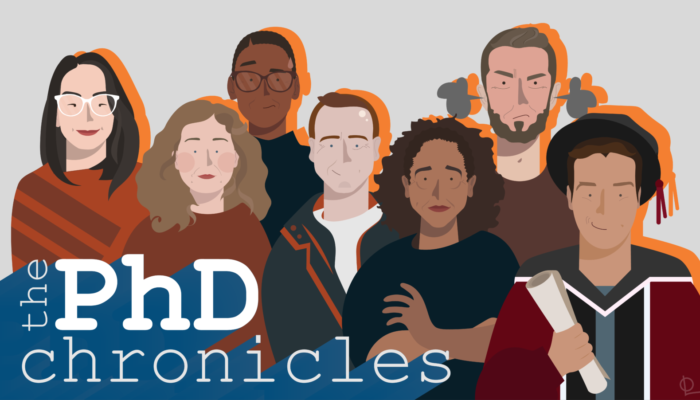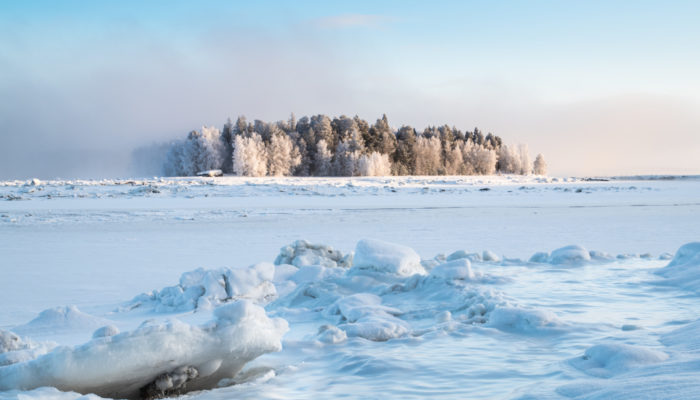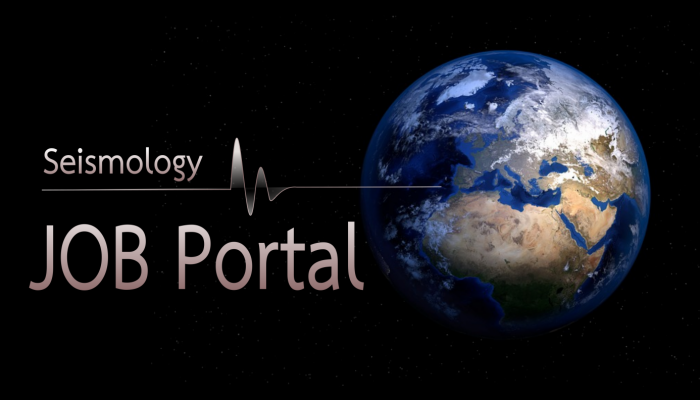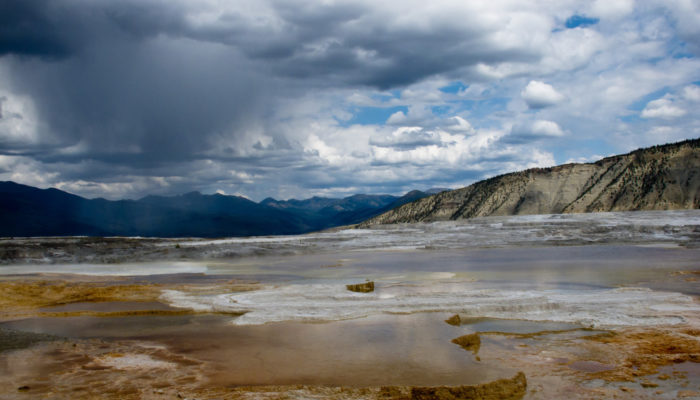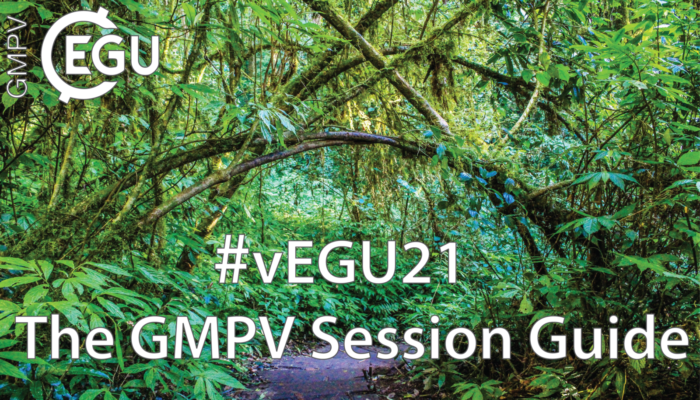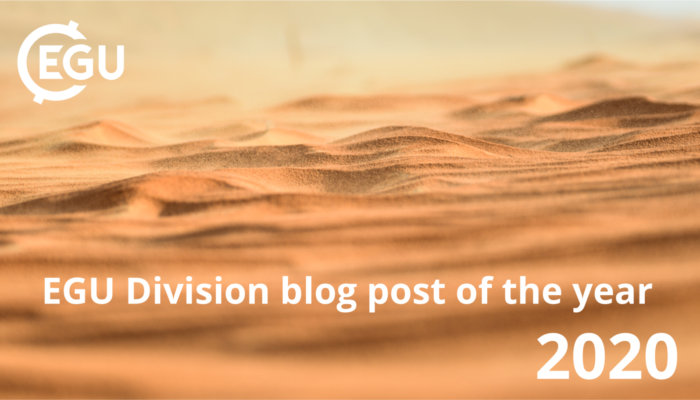Hello and welcome back to the EGU Geodynamics blog in 2021! We are starting the new year of blogging with an exciting announcement: We will have a new monthly feature on the first Monday of the month called ‘The PhD Chronicles‘. Just pretend today is the first Monday of the month, please. It was right after New Year’s Eve, okay? I didn’t have time to write this sooner. Actu ...[Read More]
If you didn't find what you was looking for try searching again.
Biogeosciences
vEGU21 Soils to forest ecosystems sessions in the spotlight
With the vEGU21 abstract submission deadline so close now, consider submitting to one of the sessions of BG3 – Terrestrial Biogeosciences: BG3 of the upcoming vEGU21 includes a wide range of soil-focused sessions, from Soils and Global Change (Co-organized by BG3.26/SSS12, co-convened by Abad Chabbi and Cornelia Rumpel) – with a focus on biogeochemical cycles, soil processes and feedback mec ...[Read More]
Seismology
Seismology Job Portal
On this page, we regularly update open positions in Seismology for early career scientists. Do you have a job on offer? Contact us at ecs-sm@egu.eu Please, note that other available research positions are displayed on the EGU Jobs Portal. Special Thanks to Eric Löberich for researching job postings for the ECS.
GeoLog
Open Access publishing and Open Science at conferences: what do you need to know?
Earlier this week EGU’s Policy Officer, Chloe Hill was lucky enough to sit down with one of the many advocates for Open Access publishing on EGU’s Publications Committee: Ulrich Pöschl. Whilst all the members of our Publications Committee are fully committed to making EGU’s journals accessible and open, Ulrich has a unique perspective on this, as he is also the initiator and co-c ...[Read More]
Tectonics and Structural Geology
TS Must-Read – Mckenzie (1978) On the development of Sedimentary basins
Continental extension strongly affects the topography of continents by shaping elongated rift valleys, referred to as rift basins in the geological record. A strong implication of the formation of these basins is a two-step subsidence history: an initial rapid subsidence during extension, and a second, slower subsidence once active extension has ceased. Although this observation was made already l ...[Read More]
Geodynamics
The Sassy Scientist – Palpable Positivity
With a fresh start this year, Amaia is trying to forecast her scientific activities for the year. Weary by these thoughts, and considering last year’s efforts, she is puzzled: How do you re-energize yourself for a whole new (academically daunting) year? Dear Amaia, You don’t. Where did you get the idea from that re-energizing yourself is an actual thing for academics? You do realize that a couple ...[Read More]
Biogeosciences
vEGU21 Sessions in the spotlight: Geomicrobiology, extreme environments on Earth and planetary analogs
As the deadline for vEGU21 abstract submission is getting closer, consider submitting your abstract to one of these two fascinating biogeochemistry-themed sessions of BG5 – Geomicrobiology, extreme environments on Earth and planetary analogs: With Early Earth: Dynamics, Geology, Chemistry and Life in the Archean Earth (Co-organized by GD1.4/AS4/BG5/CL1/GMPV3), Ria Fischer, Peter A. Cawood, Nichola ...[Read More]
Geochemistry, Mineralogy, Petrology & Volcanology
#vEGU21 – The GMPV Session Guide
Welcome everybody to 2021! We hope you all had pleasant holidays and an amazing start into this hopefully great year! The EGU21 will take place from the 19th – 30th April and unfortunately has to take place online again this year. However, the organizers have much more time to plan and set up this online event than they had last year and promise an entirely different experience from the previous o ...[Read More]
Climate: Past, Present & Future
Highlighting climate sessions at vEGU21: Gather Online
With the abstract deadline at 13th January, we would like to highlight some of the fantastic sessions that are offered in the climate division in 2021. Due to the large amount of offered sessions, we focus in this overview on EDI sessions. EDI stands for equality, diversity, and inclusion and the EDI logo highlights sessions that include conveners from multiple countries and institutes, different ...[Read More]
GeoLog
What was the best Division blog post in 2020: vote for your favourite!
The past 12 months have seen an impressive 540 posts published across the EGU’s official blog, GeoLog, as well as the network and division blogs. The EGU Division bloggers in particular have been hard at work producing new informative, fun and interesting blog posts for our members both inside their Division, but also across EGU as a whole! Ocean Sciences Division joined the EGU blogging family &# ...[Read More]

